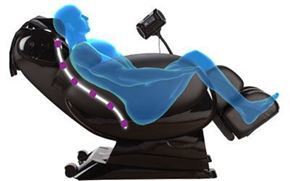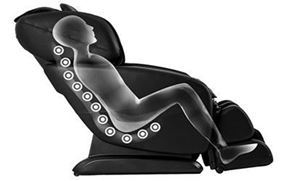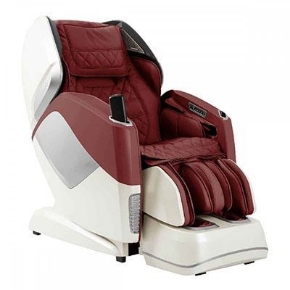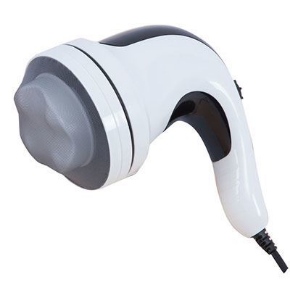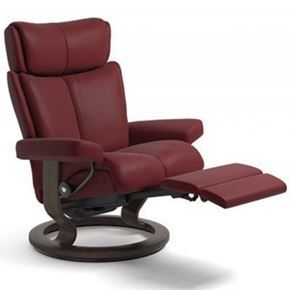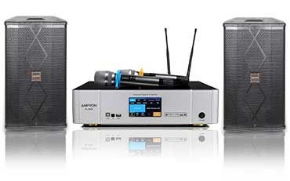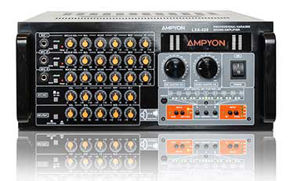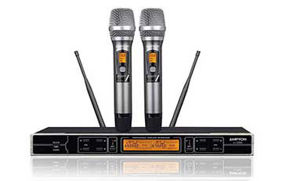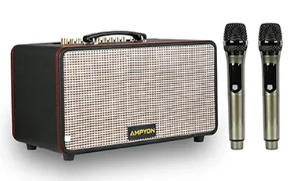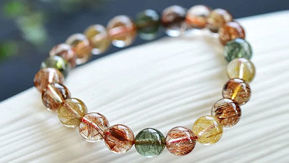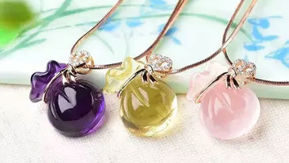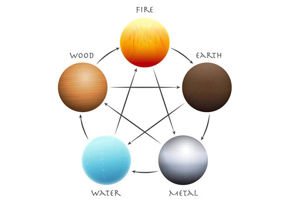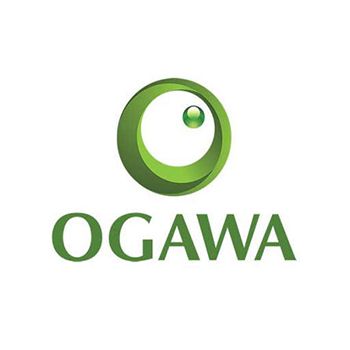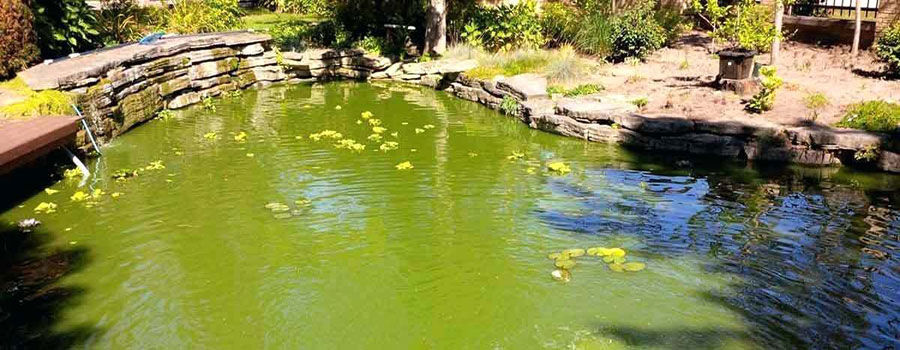
Algae belong to many different groups that can be either identified as plant or bacteria. Most types of algae are generally classified as plants not because they look exactly like plants, but because of their photosynthetic abilities. They are unicellular organisms that thrive in virtually all types of environment. They can be present where the sun light is excess and also in all moist environments.
Aquariums and ponds are the common environments for algae. To some level, algae can provide oxygen in the pond, yet, it also reduces the excess nutrients in it. They pose more threats than good in the aquarium. Algae don't just deface the aquarium/pond but kill the fish when excessive sprouts occur.
CAUSES
Infrequently, algae problems will make you think you have taken your pond, lake or aquarium for granted. However, this might not be the case; these algae invade the pond irrespective of all the efforts you’ve put to keep your beloved water algae-free.
Since algae thrive under conditions of decreased water flow or stagnant water, you will often notice that stagnant pond tend to house a lot of algae. In addition, the increase in sunlight, temperature and available nutrient from dead and decaying fish waste and plant material can fuel the growth of algae.
TWO TYPES OF ALGAE
1. Phytoplanktonic: this consists of the types that cause pea soup or green water conditions. They are most likely to afflict pond owners, especially during spring. Spring occurs when ponds turn into an open vessel for housing algae.
2. Benthic: this includes horse hair algae, blanket weed, string algae, and water net. String algae can really tough; it can remain dormant for years in a dried state until water is introduced after which it will thrive.
GETTING RID OF POND ALGAE
As you can expect, some of these techniques are more powerful and effective than others. Furthermore, some of these techniques are safer than others for the overall pond environment. While some protect the natural aquatic habitat, others can destroy it. Just make sure you consider the health of the ecosystem before implementing any of these techniques. This will also make it extremely effective!
- Koi Clay
Koi clay can help to control the growth of algae when added to your koi pond. It has been proven to be really effective in restraining and killing string algae. This clay is also a natural way to add a lot of beneficial minerals to your pond. It is a Calcium bentonite clay which when added to your pond will temporarily cloud up. It clears up during the day after adding lots of great minerals and removed toxins. It is said that the Japanese koi might be so revered due to the clay rich ponds in which koi are raised. This means the koi clay plays a dual role as it not only gets rid of pond algae but also add a lot of great minerals to your pond.
- Algae-eating Fish
This is another great way to disrupt the growth of algae in your pond. Algae-eating fish such as goldfish is ideal for this mission, all you have to do is to stock the pond with this fish. Just like koi clay, the goldfish will have two benefits: first, it’ll reduce the nitrates and secondly, it’ll feed on the algae each time they are slightly hungry. This will end up clearing the pond and thus, ending the entire cycle of algae growth.
NOTE: Fish food promotes the growth of algae so it may be a wise idea to reduce the amount you are feeding your fish.
- Regular Water Change
Practicing a regular water change is another way to get rid of algae in the pond. This can be best practiced in the spring since the weather condition in this season is relatively stable – it should be done at least once a year! Having a pond filter can also defer the buildup of most nutrients for the algae even if not all. An unclean will house an excessive amount of nutrients and wastes both of which make the perfect environment for the algae to prosper.
- Shade
Sunlight contributes to a perfect environment for algae to thrive. This can be deterred when shading is introduced on your pond, this will greatly reduce some of the algae entering your pond. This can be done in the old fashioned way, using planting trees that provides shade over your pond. Using aquatic plants like lilies can not only create shade but also make the pond more appealing. Ensure that you provide about 60-70% aquatic plant surface coverage on your pond. Another way to minimize light penetration is through non-poisonous agents that basically tint your water in a way that it reduces the available light in your pond.
- Pond Aeration
Sufficient pond aeration is the best way to make sure that oxygen is constantly supplied to the water. This allows the pond aeration process to occur effectively. Oxygen can be added to the water through pond aeration in one of the two ways:
- Putting the water into the air
- Putting the air into the water
Furthermore, pond-biotic treatments can also supplement pond aeration. These are beneficial bacteria that act as a boost mechanism to the natural decomposing bacteria, and also aid the pond aeration in restoring the pond ecosystem back into a healthy balance state much quicker. A short-term benefit pond owners can enjoy from this pro-biotic is that they are specifically made to target algae-forming nutrients. Subsequently, its use should lead to a drastic decrease in pond algae growth.
Getting rid of pond algae with these techniques can save you a lot of money that may be used to buy more nutrient, plants, and lily pads for the next year. Simply use a fish that aides and pays you. When you put these methods into practice, you will be surprised as to how effective it is in the achieving an algae-fee pond.




